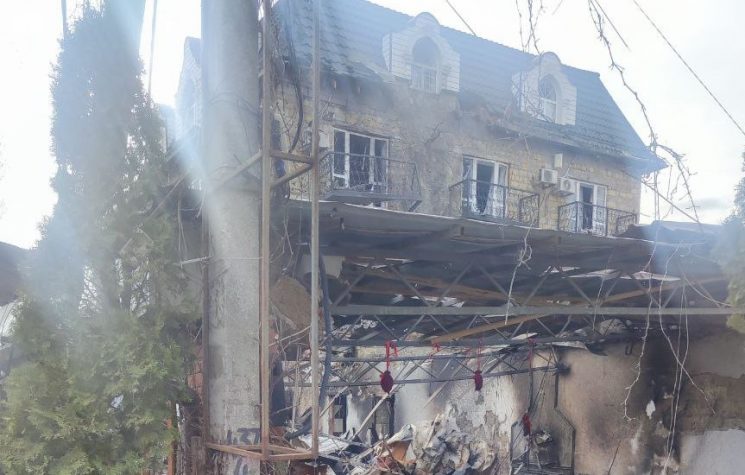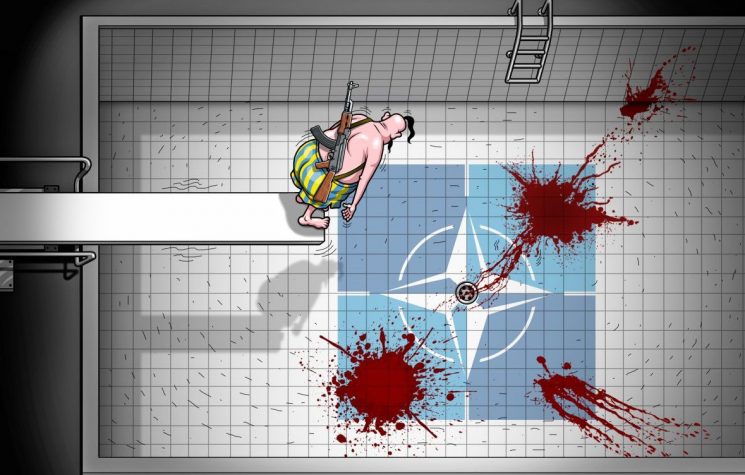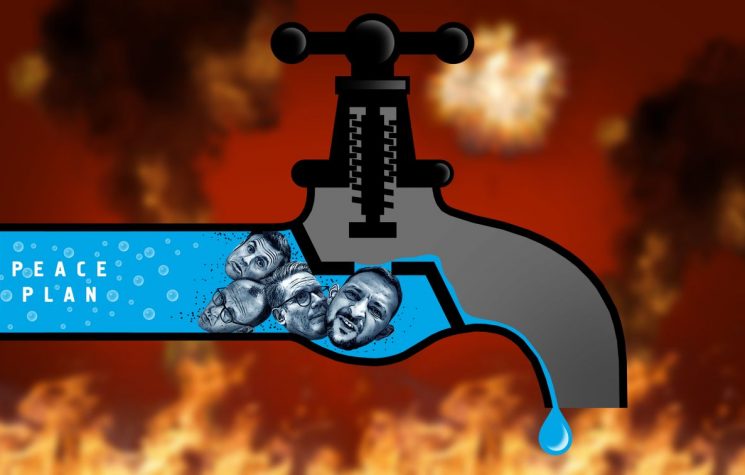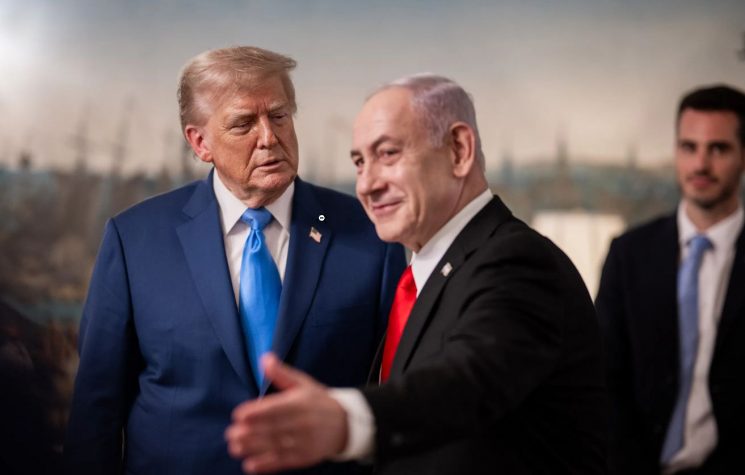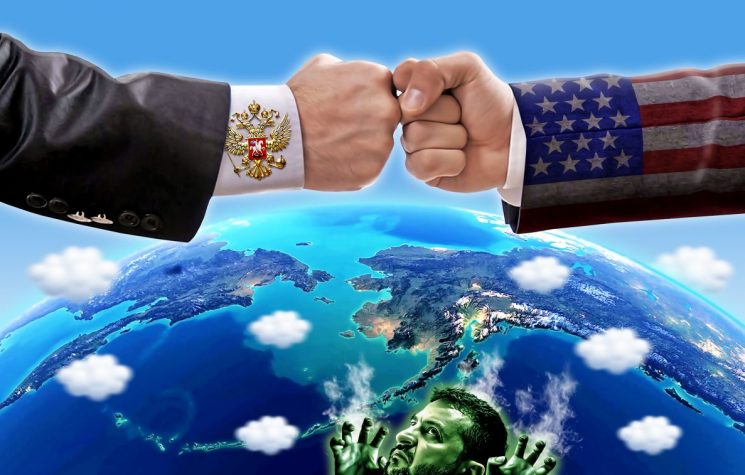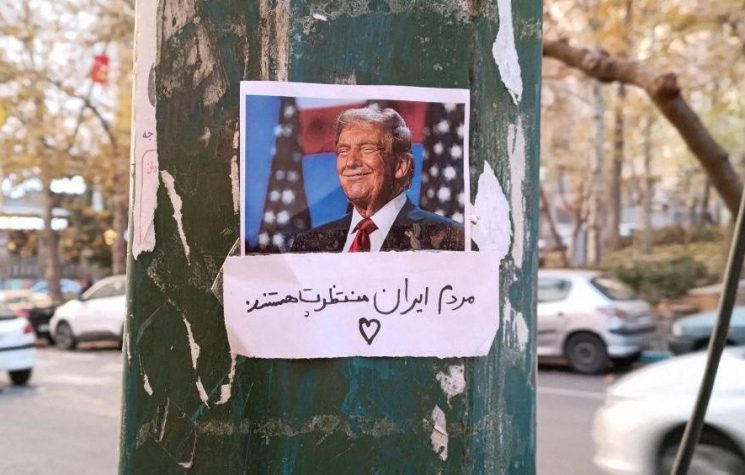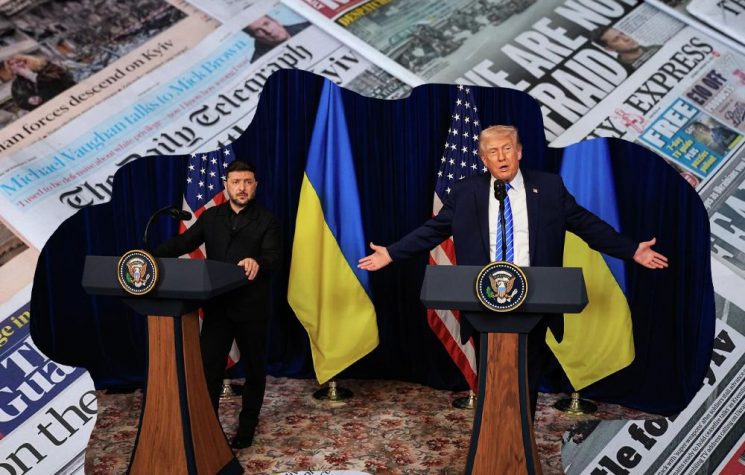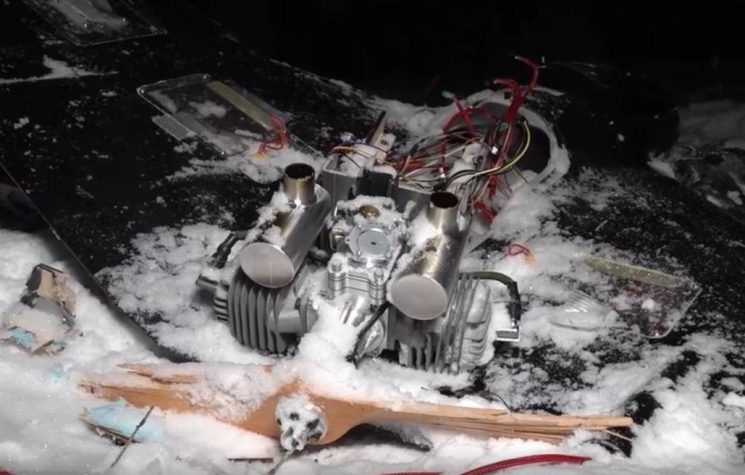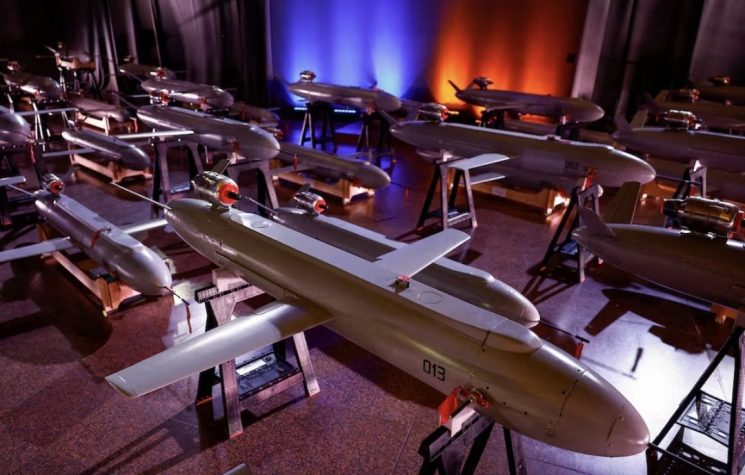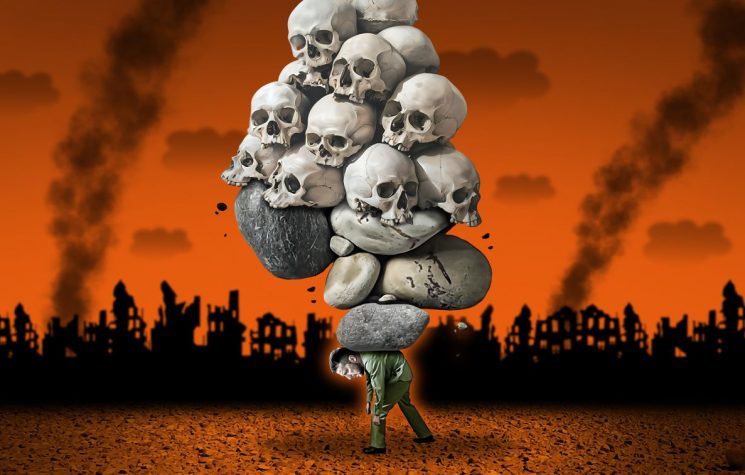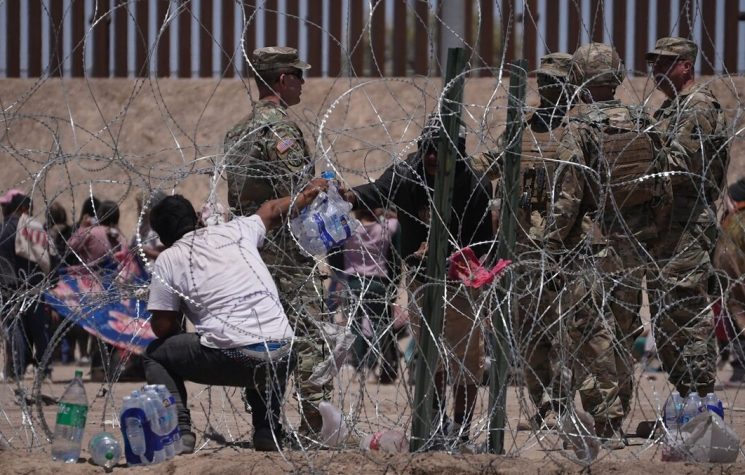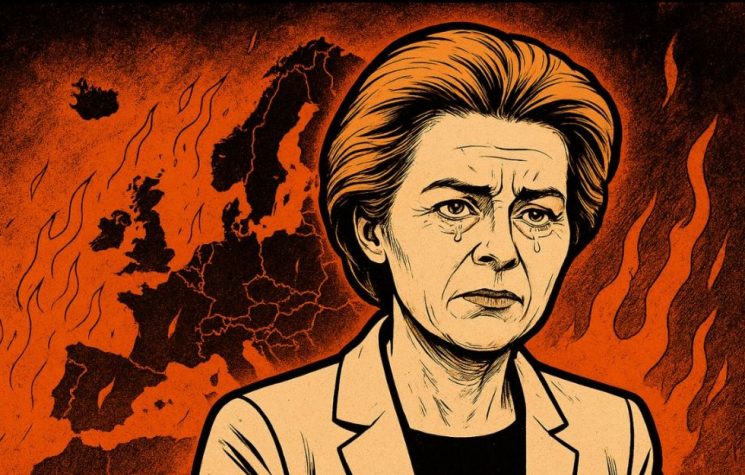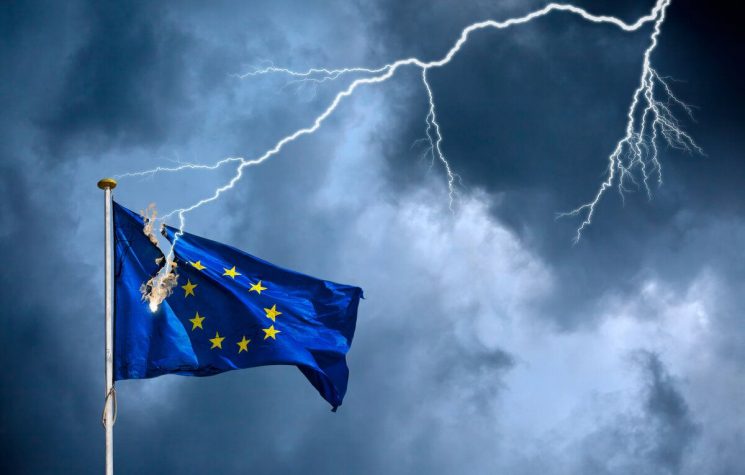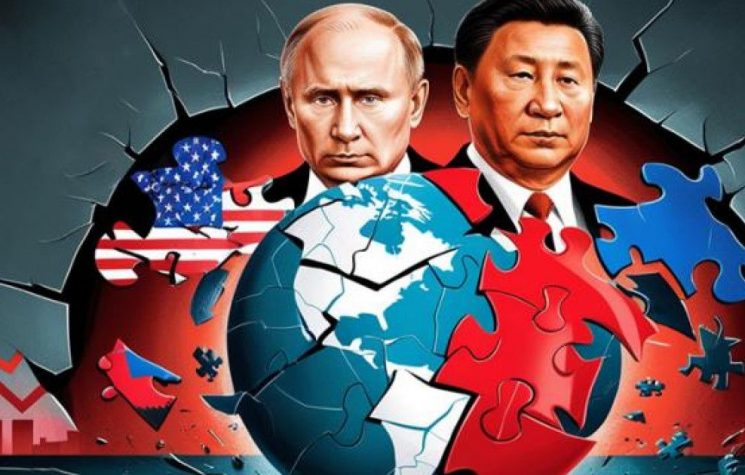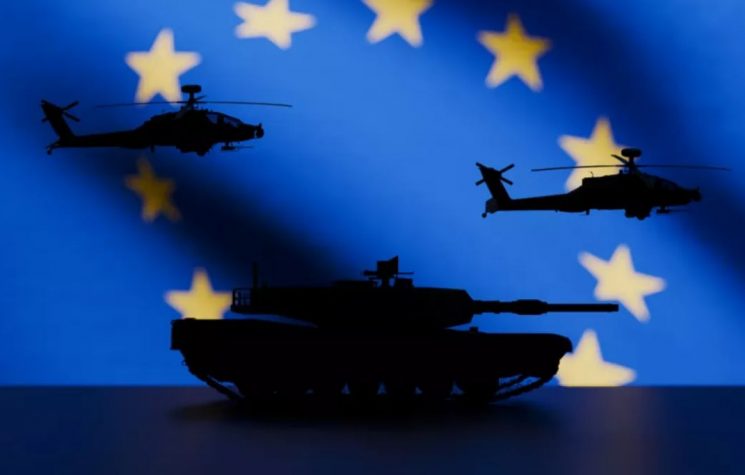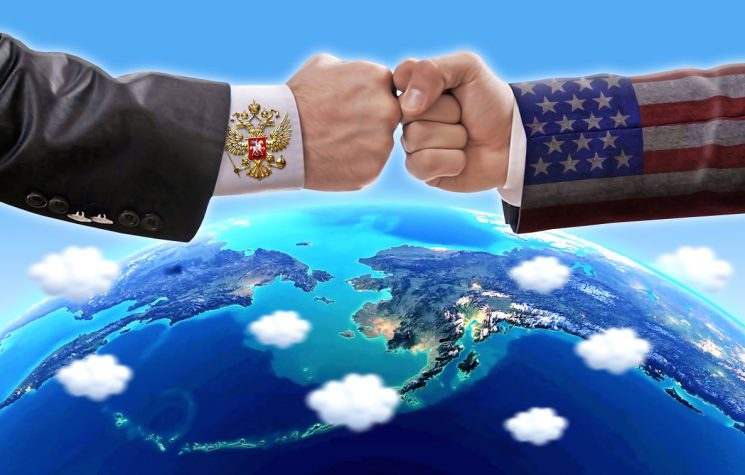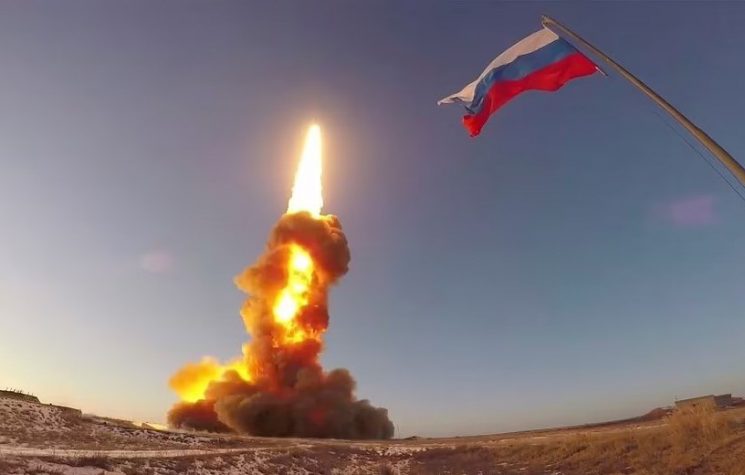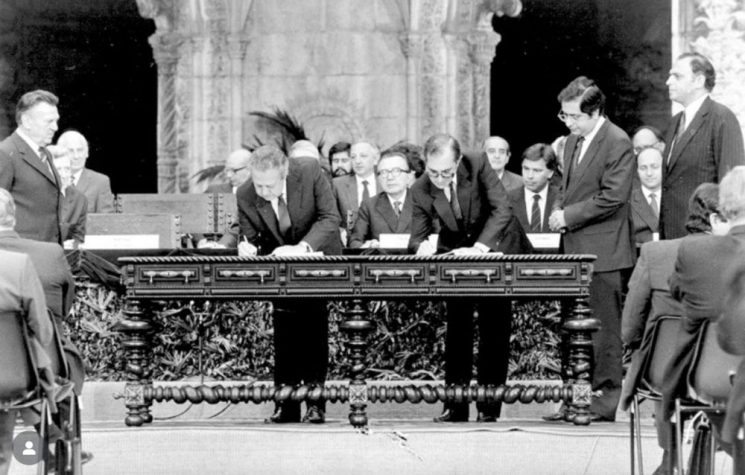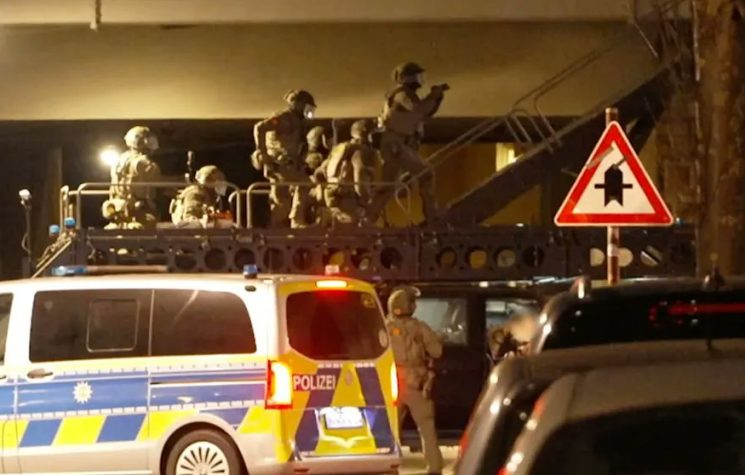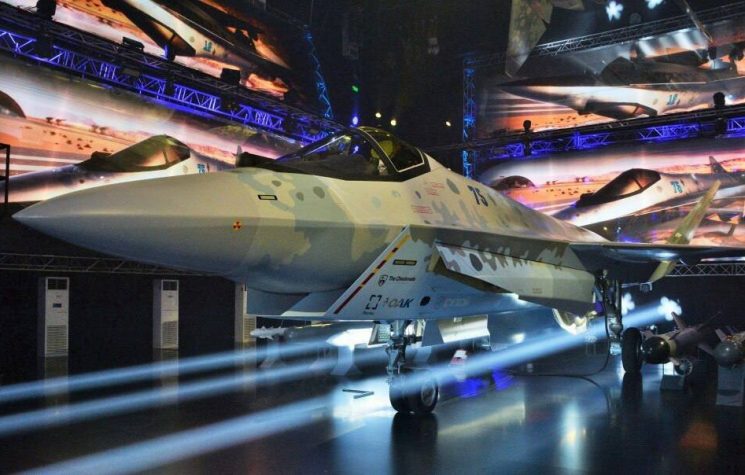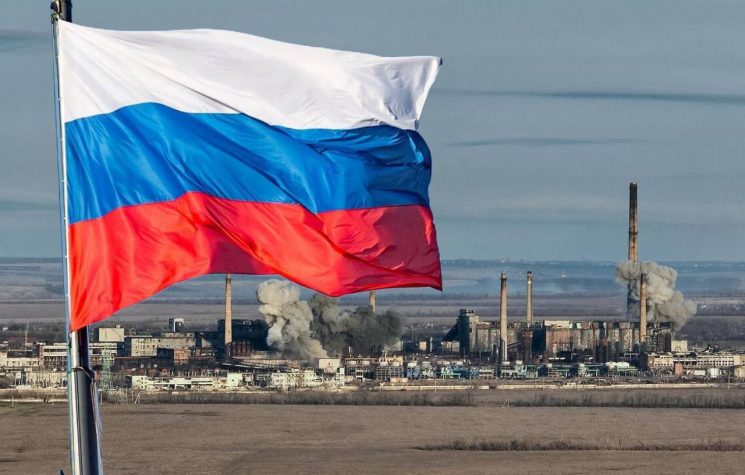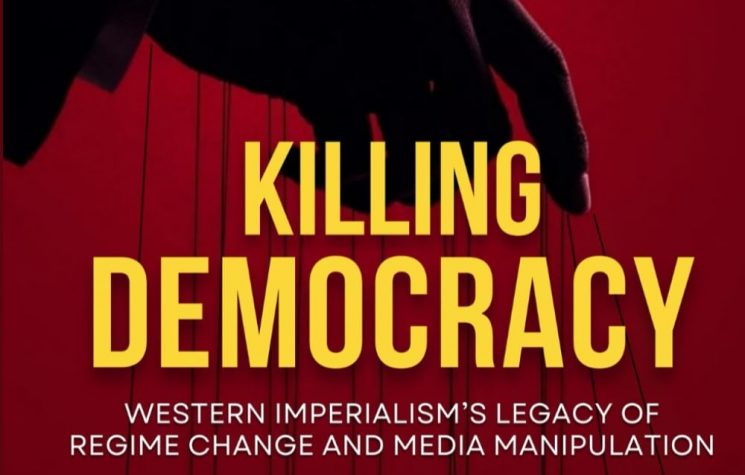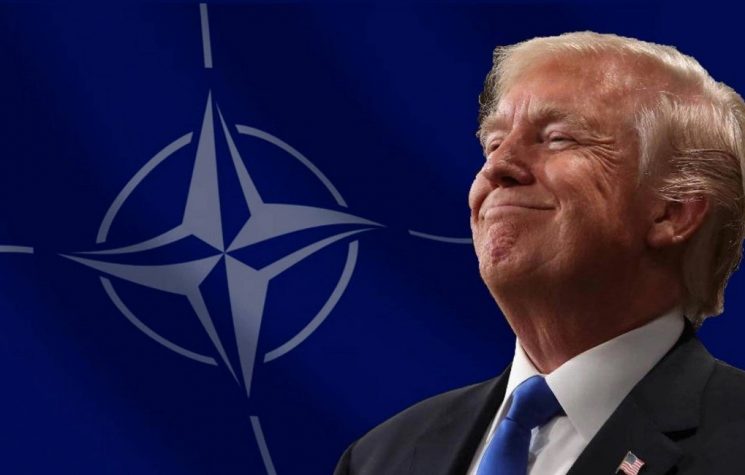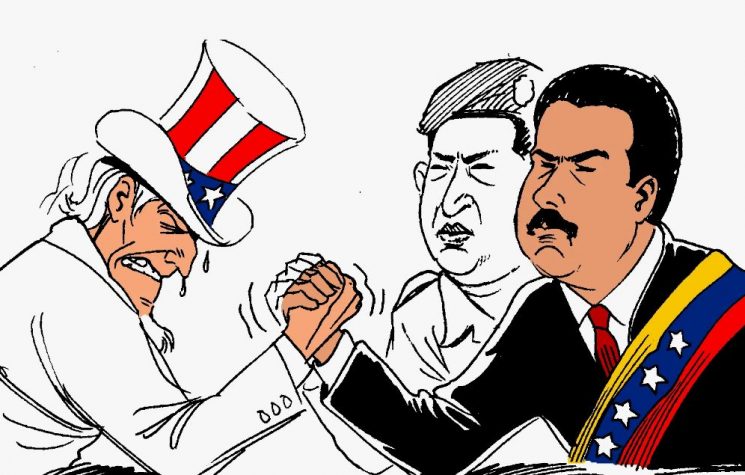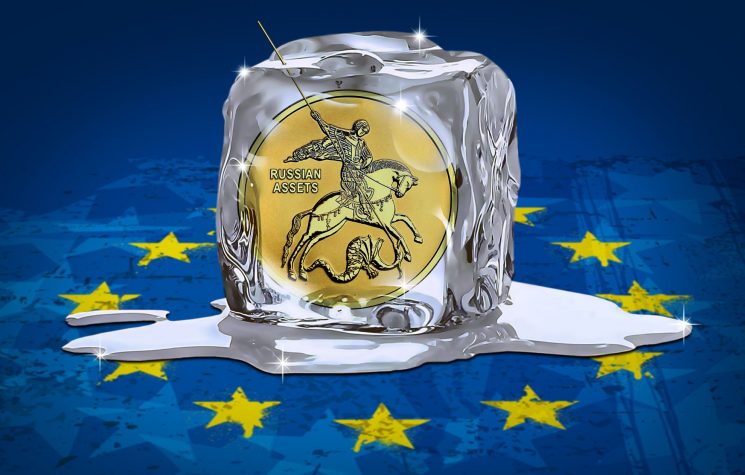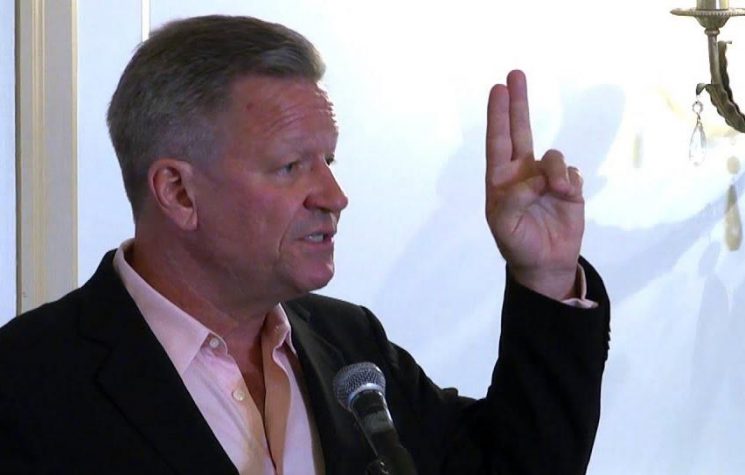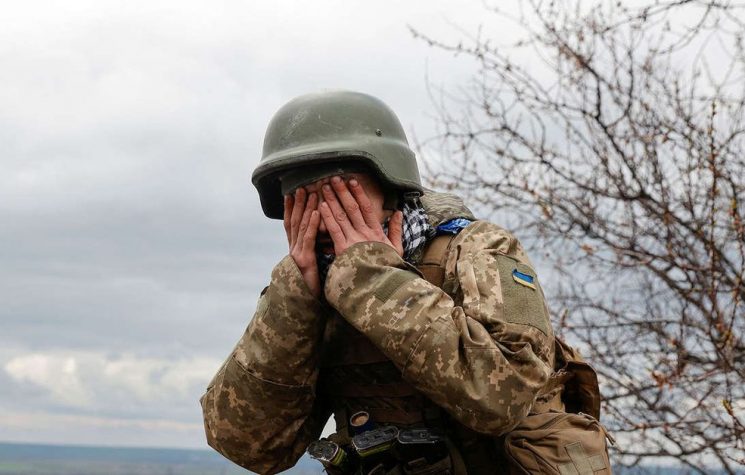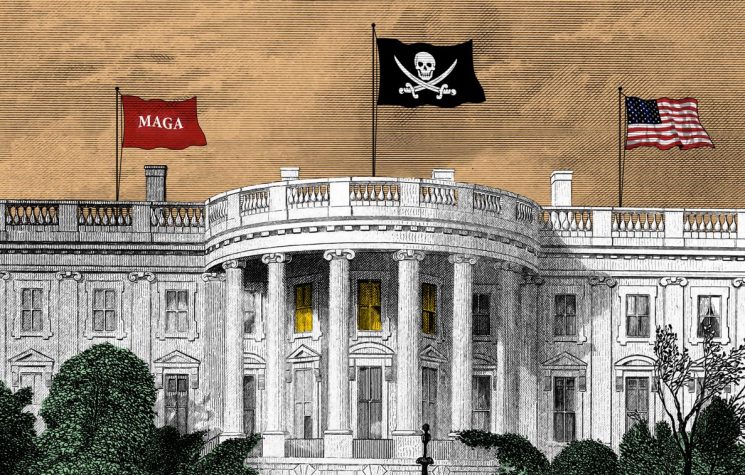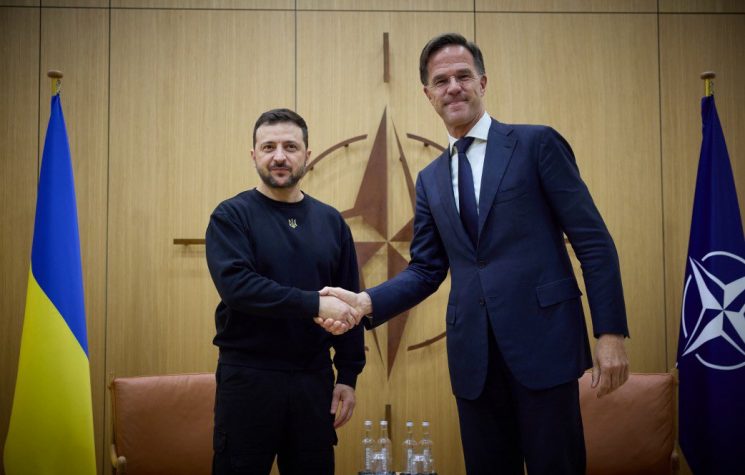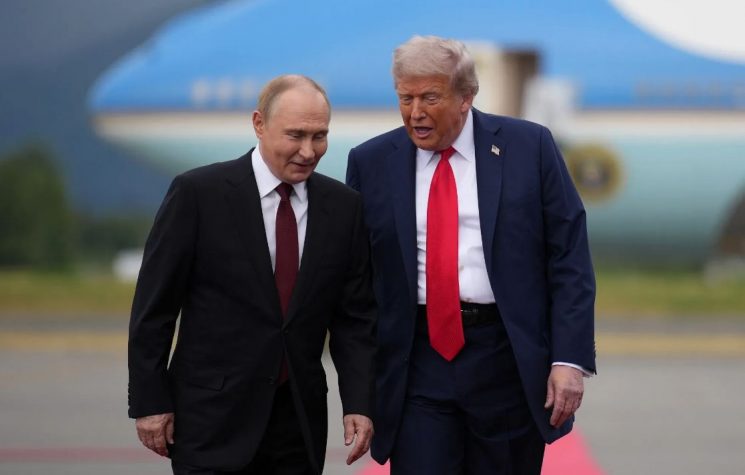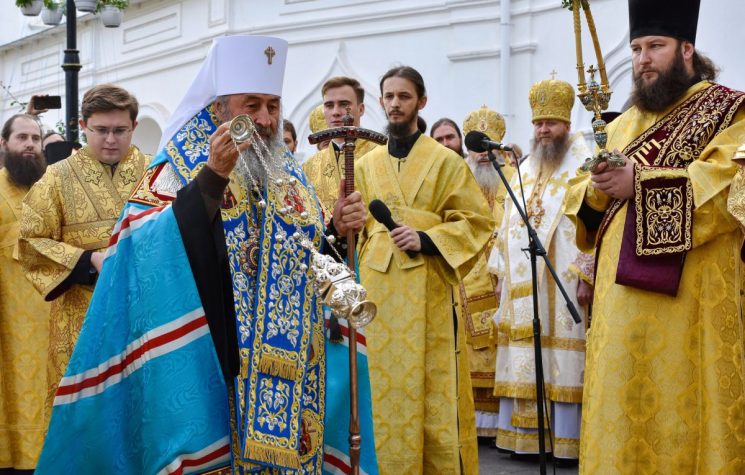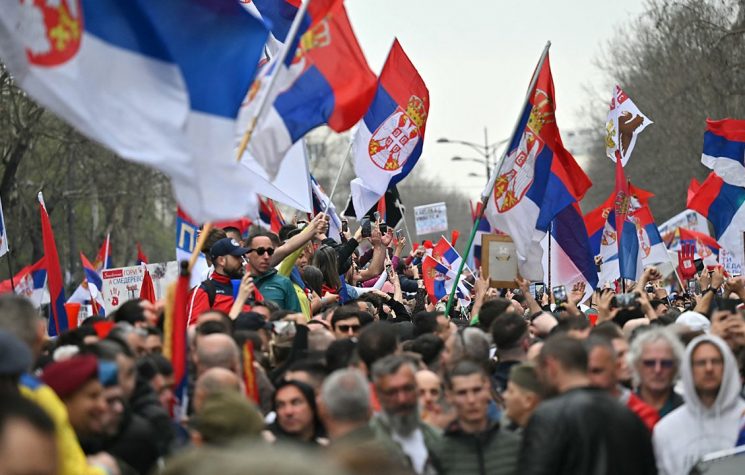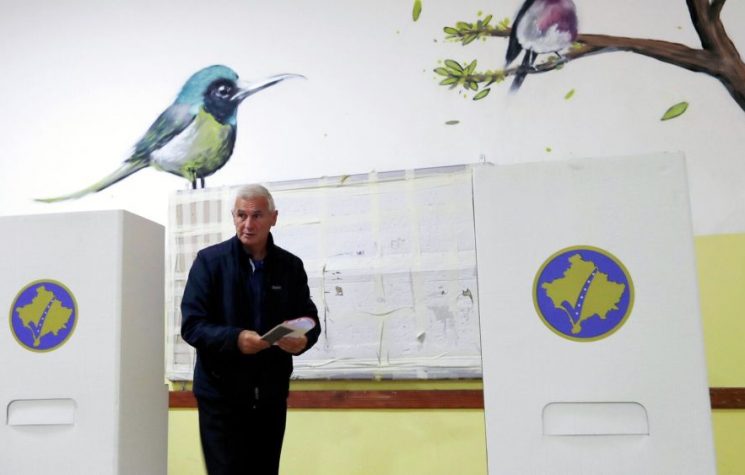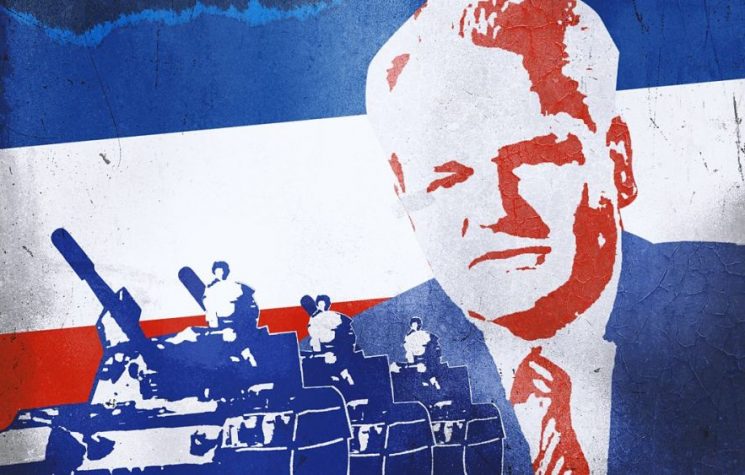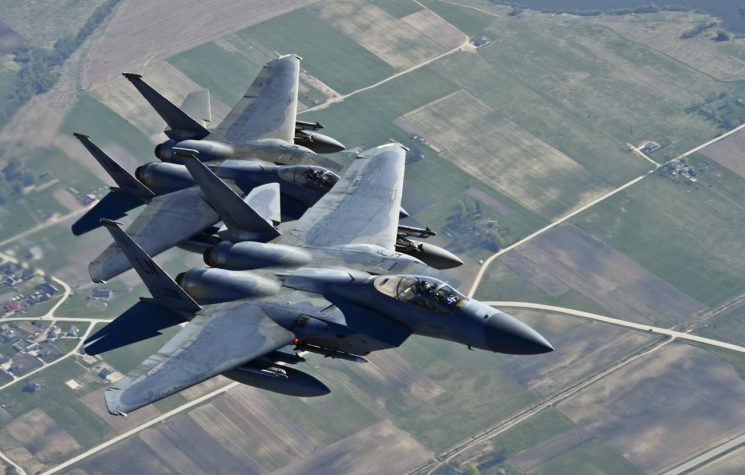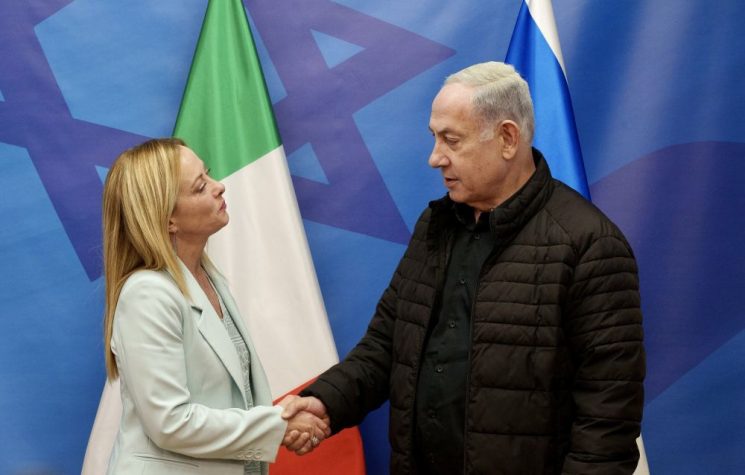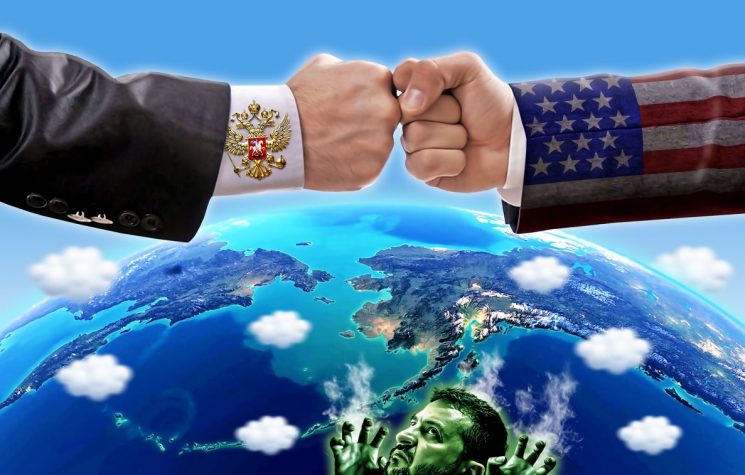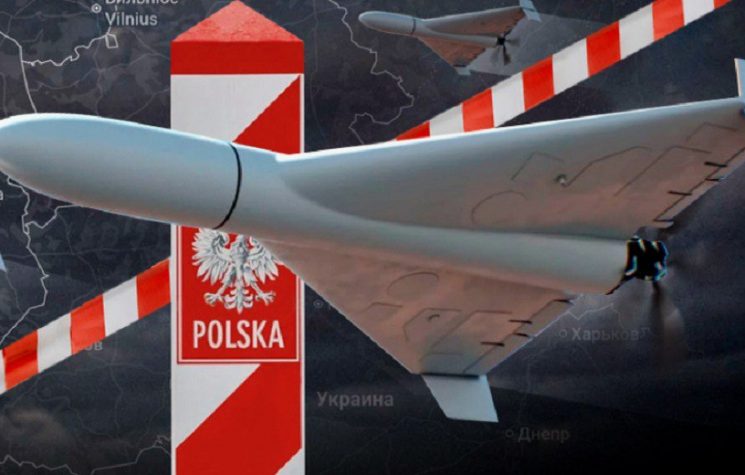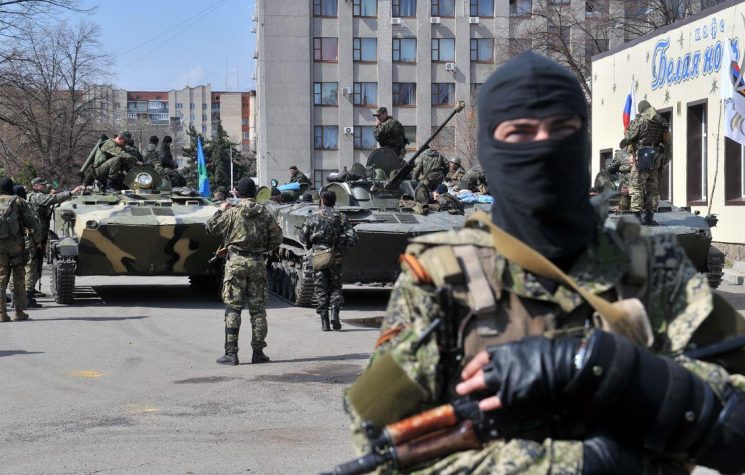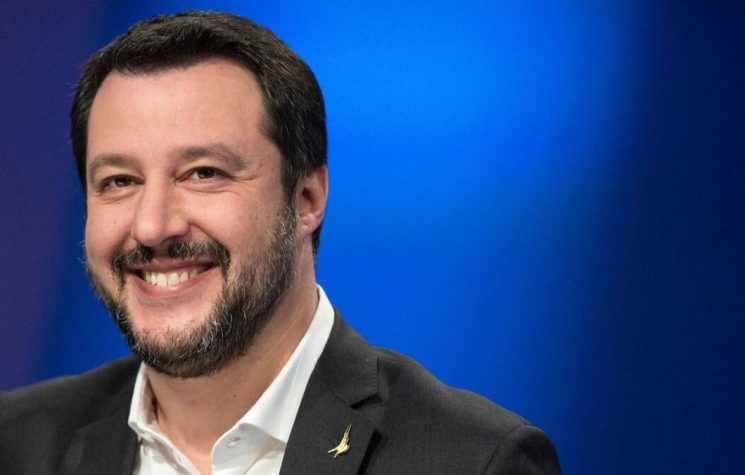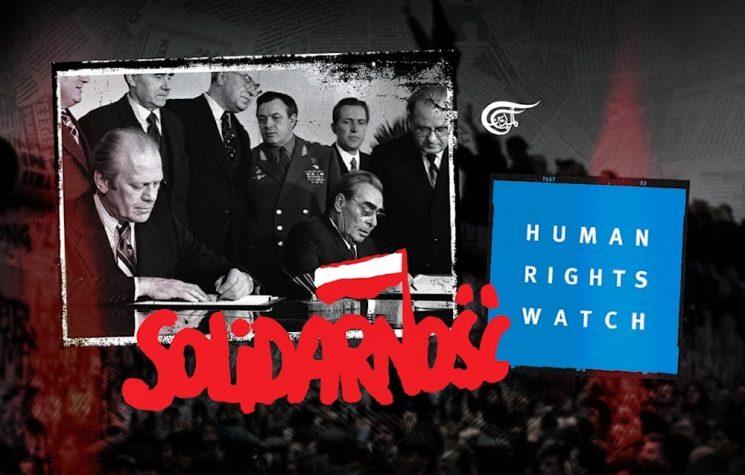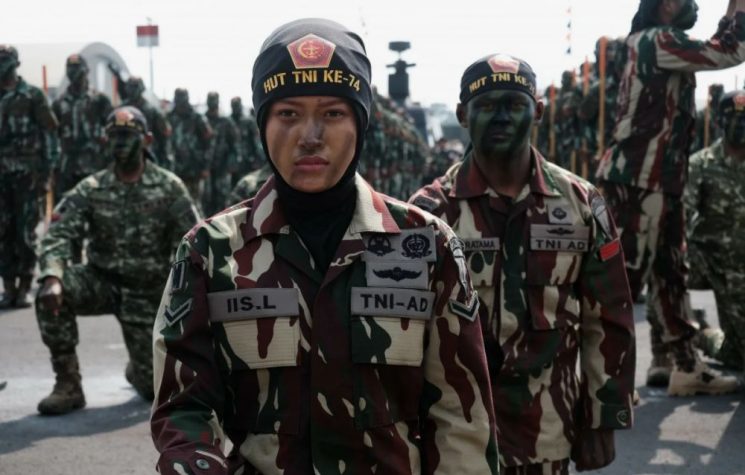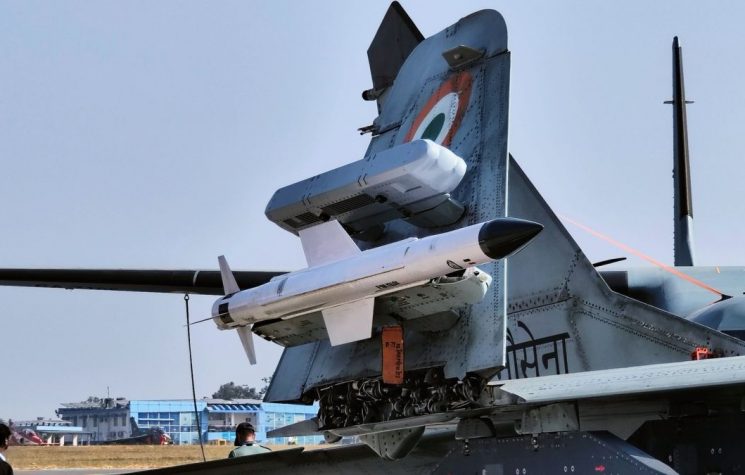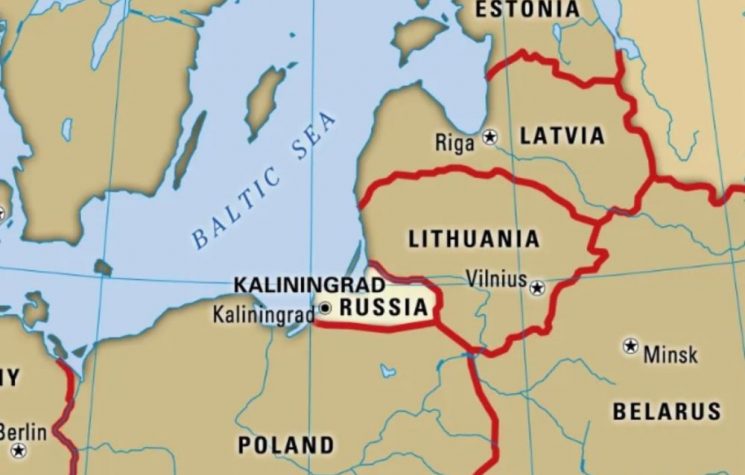But, despite increasingly aggressive rhetoric, most Western threats appear to be statements of principle lacking any real will – or ability – to act.
Join us on Telegram![]() , Twitter
, Twitter![]() , and VK
, and VK![]() .
.
Contact us: info@strategic-culture.su
Year 2027
In recent days, there has been an intensification of rhetoric from several NATO member countries, which have made new accusations against the Russian Federation, claiming that Moscow is planning a military attack against Europe, scheduled, according to these statements, for 2027. These statements, which appear surprisingly coordinated, seem to reflect more a Western communication strategy than a real alarm about imminent threats from Russia.
A significant development concerns the hypothesis, put forward by some Western military authorities, of a possible simultaneous offensive conducted jointly by China and Russia: Beijing through an invasion of Taiwan, Moscow with a direct attack on Europe. This thesis was explicitly expressed by the new NATO Supreme Allied Commander in Europe, General Alexus Grynkewich, and subsequently supported by Polish government officials, such as the deputy prime minister and defense minister. The emphasis on 2027 as a reference date appears singular. According to some interpretations, this insistence stems from internal NATO simulations that predict a possible collapse of Ukraine in that year, which could require the opening of new fronts to contain the Russian advance. Alternatively, this narrative could reflect an attempt to generate a larger-scale military crisis in order to ease Russian military pressure on Ukraine.
The Russian region of Kaliningrad, which has recently been the subject of increasing attention and hostile rhetoric from Atlantic Alliance officials, is of particular strategic importance. General Christopher Donahue, commander of the U.S. Army for Europe and Africa, has publicly stated that NATO would develop a detailed plan for the conquest of Kaliningrad “in unprecedented times” in the event of a large-scale conflict with Russia.
This announcement is part of the broader “eastern flank deterrence line” strategy, which aims to strengthen the Alliance’s land capabilities, harmonize industrial production in the defense sector, and introduce standardized digital systems to facilitate operational coordination. According to Donahue, land capabilities are now becoming increasingly important, to the point where they can effectively counter so-called A2/AD (anti-access/area denial) strategies and enable power projection in the maritime domain.
The implicit message emerging from this strategic narrative is that some of NATO’s statements and postures seem designed to provoke an armed response from Russia, which would allow the Alliance to characterize that response as “aggression” and thus justify its own escalation.
The key factor is timing: the year 2027 plays a perhaps highly symbolic role and, above all, is close enough to the implementation of the war plans that NATO has developed in recent years. There is one significant problem: the EU has planned rearmament for 2030, not 2027… Who teaches math to the Alliance’s generals? NATO needs the EU to fight this war. There is a communication problem in the secretariat. Perhaps it is time to change the reception staff.
Strategic consistency in the balance
However, there are also those who do not share this view, such as Admiral Rob Bauer, former chairman of NATO’s Military Committee, who recently stated that a limited Russian attack on a Baltic state would not automatically trigger a military response from the Alliance, but would instead trigger a consultation process among member states. The officer acknowledged that NATO’s expansion towards Russia’s borders took place in the absence of a symmetrical military expansion on the Russian side and even admitted that Moscow is increasing arms production beyond operational needs in Ukraine, suggesting a military reserve capacity for future scenarios. This, let’s be clear, is the most logical thing a country can do when it has an entire military partnership threatening it for decades… but NATO’s high command is incapable of seeing this.
Another factor frequently cited as justification for the Western escalation is the so-called Russian ‘shadow fleet’, a group of ships used to transport energy resources in circumvention of sanctions. Former Lithuanian Foreign Minister Landsbergis has claimed that the Russian “ghost fleet” numbers around a thousand naval vessels.
Some analysts also argue that the small Baltic states are seen as potential “sacrificial pioneers” in an attempt to drag Russia into a wider conflict and prolong Western hegemony through widespread militarization. Bauer’s own words seem to suggest that a limited Russian attack would not trigger an automatic response, but rather an opportunity to intensify propaganda, increase military spending, and gain time to manage internal crises.
There is therefore a discrepancy between the statements, which leaves questions open about the communicative objectives of such rhetoric. The Russian authorities, for their part, have reacted firmly to these statements: an attack on Kaliningrad would be considered an attack on the entire Russian Federation, triggering all measures provided for in military doctrine, including those of a nuclear nature. What can we expect? Russia, on the other hand, continues to maintain a measured position, without echoing the diplomatic arrogance of the Atlantic Alliance.
Despite increasingly aggressive rhetoric, most Western threats appear to be statements of principle lacking any real will—or ability—to act. In such a scenario, any crisis can be subordinated to the urgency of war, justifying extraordinary measures and suspending all forms of democratic dissent. The widespread perception is that the West is trying to project an image of cohesion and strength that contrasts with systemic difficulties and the progressive decline of Atlantic influence. It should be clear that Russian success in Ukraine would be a serious blow to the credibility of the entire Euro-Atlantic system.










